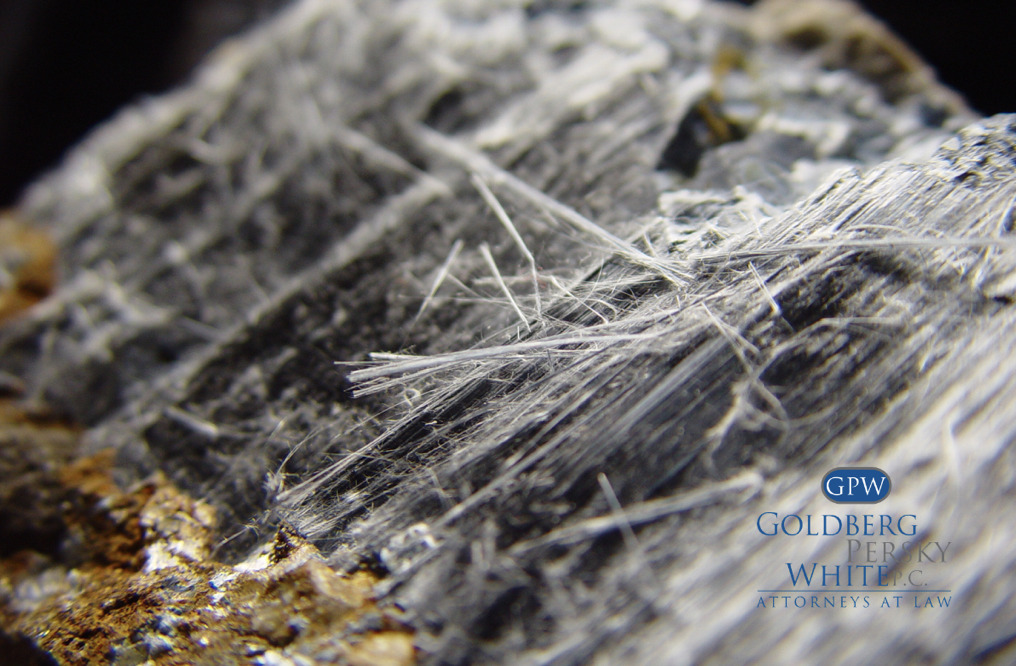Is Asbestos In Appliances?
Since the beginning of the Industrial Revolution, asbestos has been used to manufacture commercial, industrial, and consumer products due to its heat and fire prevention properties and durability. After research exposed the dangers of asbestos in the late 1970s, asbestos has been classified as a known carcinogen by state, federal, and international agencies. While many people know of the dangers of asbestos in home buildings and insulation, few may be aware that asbestos was used in parts and components in the manufacture of household and consumer appliances.
What are the Dangers of Asbestos Exposure?
When asbestos fibers are released through the air, they can be inhaled. The fibers are so tiny that they are only visible with a microscope. They travel through the upper airways and become embedded in the lungs or other bodily organs. The body has no way to remove these fibers; thus, they remain in the body indefinitely, irritating the organ linings.
Complications from exposure are not immediately recognizable because the disease usually does not show up for 15 to 40 years after exposure.
What Appliances Contain Asbestos?
Many appliances were or are manufactured with asbestos-containing components or parts. The (CSPC) Consumer Product Safety Commission issued a ban for many materials containing asbestos in 1977. However, asbestos use has not been outlawed in the United States. Asbestos fibrous properties made it easy to weave into insulation and fabrics to line consumer kitchen products and appliances to protect users, floors, and walls from heat and fire. The CPSC has required manufacturers to label such devices indicating that they contain asbestos.
Large portable, free-standing or installed, appliances that may contain asbestos as heat and electrical insulation, include:
- Ovens and Stoves
- Refrigerators
- Dishwashers
- Washing Machines and Dryers
- Ironing Boards
- Artificial Fireplace Logs
- Furnaces, Ovens, and Wood Stoves
Some people may find oil, coal, or wood furnaces with asbestos-containing insulation and cement in some older homes. Updating the system to oil, gas, or electricity can damage the old insulation sending asbestos fibers airborne. Door gaskets in furnaces, ovens, wood, and coal stoves may contain asbestos. The asbestos-containing door gaskets on wood and coal-burning stoves are subject to wear and can also release asbestos fibers under normal-use conditions.
Older handheld and portable appliancesmanufactured before 1980 may contain asbestos components or parts such as circuits and cords, including:
- Toasters and Broilers
- Coffeepots
- Crockpots
- Popcorn Poppers
- Hotplates
- Irons
- Portable Heaters
- Hairdryers
Following a CPSC study that found dangerous amounts of asbestos released from hairdryers from eleven hairdryer manufacturers, hairdryers with asbestos-containing heat shields were voluntarily recalled, and manufacturing ceased in 1979. Laboratory tests of most hairdryers showed that asbestos fibers were released during use. Current hairdryer models do not contain asbestos heat shields.
How do You Know if Appliances Contain Asbestos?
You cannot tell whether a material contains asbestos simply by looking at it unless labeled. Additionally, some South American, Asian, and Russian countries do not ban asbestos or regulate the sale of asbestos-containing products.
Undamaged or disturbed asbestos-containing materials will not likely pose a health risk. If you are unsure, treat the material as if it contains asbestos and leave it alone. Take a general look for signs of wear or damage such as tears, abrasions, or water damage. Damaged material may release asbestos fibers.
If you’re concerned about asbestos in an appliance, do not repair it yourself. Have removal and significant repair work done by people trained and qualified in handling asbestos. It is highly recommended that sampling and minor repair also be done by trained and accredited asbestos professionals.
If you’ve developed an asbestos-related disease after being exposed to asbestos, you may be entitled to financial compensation. Contact GPW Law today to discuss your options.




